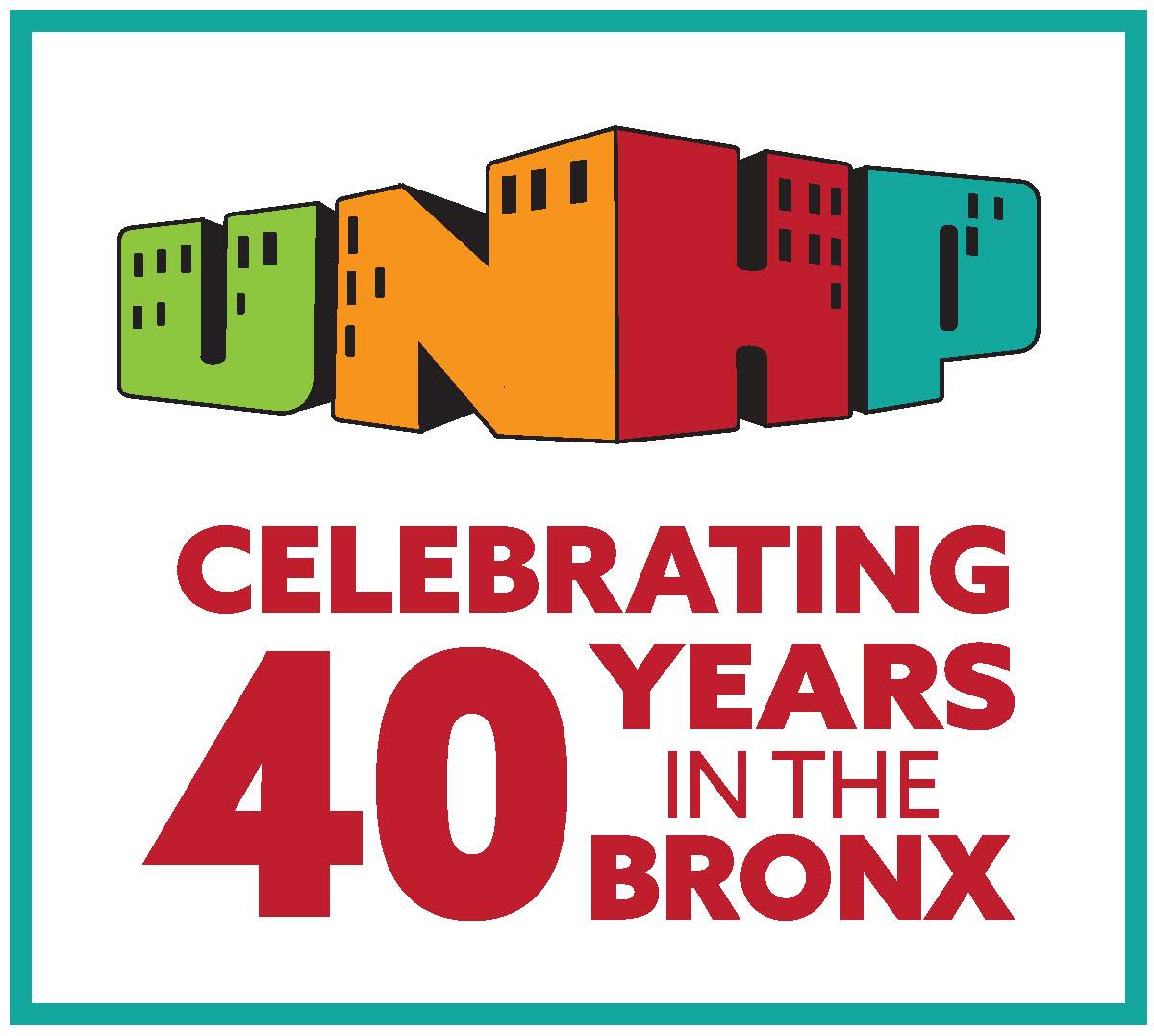UNHP Introduces New 2017 Blog Series // Views from the Northwest Bronx
“The Bronx is Brooklyn ten years ago.”
Whether this remark—heard at a recent UNHP meeting with lenders—is deemed a threat, good news, or a ridiculous prediction depends on your perspective. Recent news articles on the Bronx support any or all of the above choices. In one NYTimes article, highlighting its artesanal coffee and Latin-inspired food, the South Bronx is sandwiched between Japan and Budapest as the 51st of 52 places you should visit this year. Another NYTimes article notes that Bronx precinct detectives carry the highest caseloads of open violent felony cases in NYC and provides data on unsolved crime in the borough. There are stories about rising housing sales prices, increasing rents, and plans for higher income housing in certain neighborhoods. One real estate sales website touts Kingsbridge as the next hot neighborhood in NYC. Yet based on our own research, we have released data that show that the newest people moving into the Bronx are making less than those already here. Current Bronx residents are feeling the pressures of rising rents and stagnant incomes. Stories about gentrification and new housing plans only fuel the existing housing insecurity in the borough. Many residents have joined community organizations in the fight to stop the rezoning on Jerome Avenue. While the City strongly denies that the plans for new affordable housing will drive out current residents, the stakes are high for low-income Bronxites. The term “housing insecurity” cannot adequately capture the fear inspired by the realization that you and your family are in danger of losing your home; the frustration at being unable to improve your income; or the humiliation of having to move away from a neighborhood with the stores, schools, playgrounds, friends, family, and place of worship that you know.
Over the years, UNHP has contributed to the conversation about what’s actually happening in the Bronx—in particular the Northwest Bronx—and informed the discussion by sharing the experiences of local groups as well as data and analysis. We are planning to do that in this space over the next few months through a series of blog posts covering changes in community development, Bronx demographics, multifamily housing sales, and the impact of city housing policy and private investment in the borough. We will conclude with a forum designed to highlight some of these important perspectives.
We’re interested in your thoughts on these important topics as well! If you’d like to join the conversation, send us an email, reach out via Twitter, or connect with us on Facebook. And use #ViewsNWBX to let us know you’re interested!


